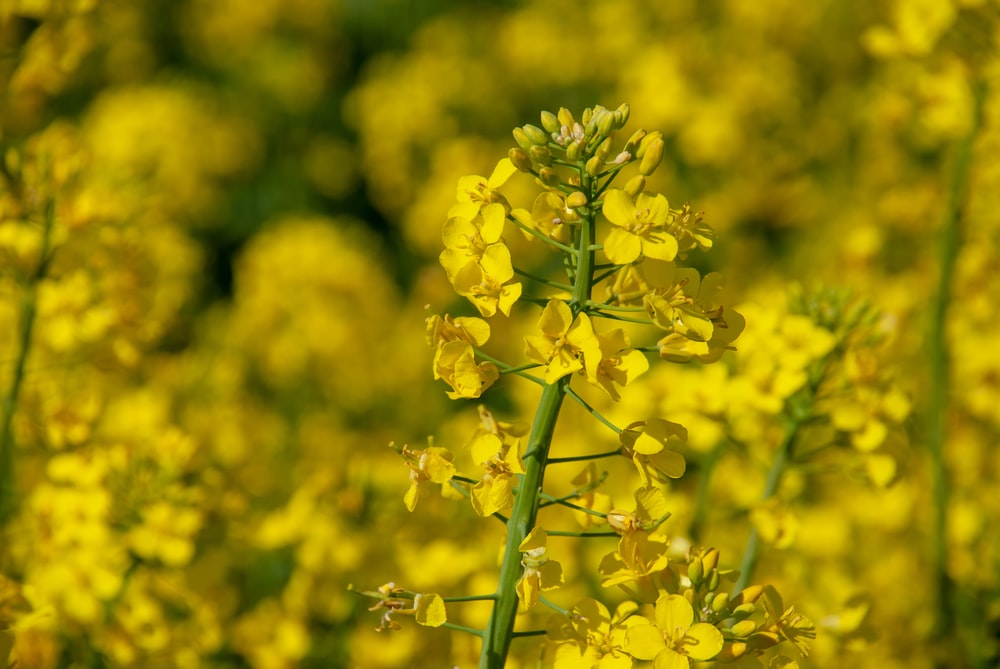



Article by: Hari Yellina
The extremely high canola price, along with the complete soil moisture profile across much of the east coast, has resulted in another year of high demand, with some varieties of certified canola seed proving difficult to come by. Hybrid varieties are in high demand, and despite the fact that many shops have increased their advance orders, several kinds, particularly double-stacked hybrid types like Truflex, Clearfield / triazine resistant, and glyphosate / Clearfield tolerant, are proving difficult to come by. Industry leaders, on the other hand, believe there will be adequate seed for the 2022 crop, especially if farmers use stored open pollinated or even second generation hybrid seed as alternatives.
The Australian Oilseeds Federation’s executive officer, Nick Goddard, said the AOF expects canola plantings to fall short of last year’s record levels, owing to rotational challenges rather than seed shortages. “We’re hearing that growers have really pushed the rotations hard in the last two years because of the good prices, so there just might not be the right paddocks for canola,” Mr Goddard said. “In terms of seeds, it has become standard that farmers who want to ensure they have a supply of popular kind place their orders early, as such sought-after lines will be tougher to come by as sowing approaches.”
Nutrien Ag Solutions is a company that provides agricultural solutions. Agronomist Greg Toomey of Elmore, Victoria, said supply chain interruptions were affecting the seed industry. “Extreme spring rains and flooding in NSW and northern NSW harmed production and quality, so canola seed is scarce,” Mr Toomey said. “Demand for canola seed has outstripped supplies in NSW, Victoria, and across South Australia.” He agreed with Mr. Goddard that farmers would use OP and saved hybrid seed, but that the production potential would be reduced. “The production potential is reduced, but it allows them to plant more.” Mr. Toomey saw an increase in planted area in drier areas.
Growers in marginal areas have been pushed to cultivate more canola than usual due to the price and stored soil moisture – this is where the problem will arise. Therefore, they are opting for large licks of canola where they haven’t sowed canola in 2-3 years because of the price. Mr. Toomey suggested the outer Central West of NSW, specifically Nyngan, as a location where plantings would be plentiful. Terry Fishpool of Tottenham, in the Middle West, predicted a decent canola crop, but that it would be depending on moisture, which will be concentrated in places with historically higher rainfall.
While certain types will be difficult to come by, farmers who want to grow canola will be able to do so with some sort of seed, even if it isn’t their first choice. He claims that increased seed costs and the fact that canola is a higher-cost crop with higher fertiliser requirements aren’t deterring growers. “People are absolutely doing their math, and it is expensive to cultivate, but the prices are extremely nice if you succeed, so if the moisture is there, people are eager to grow it.”